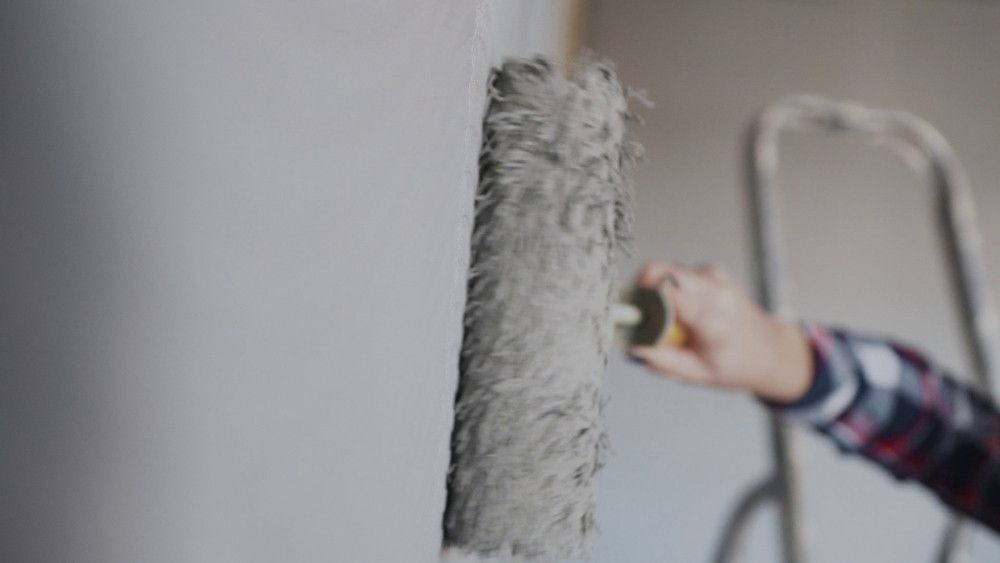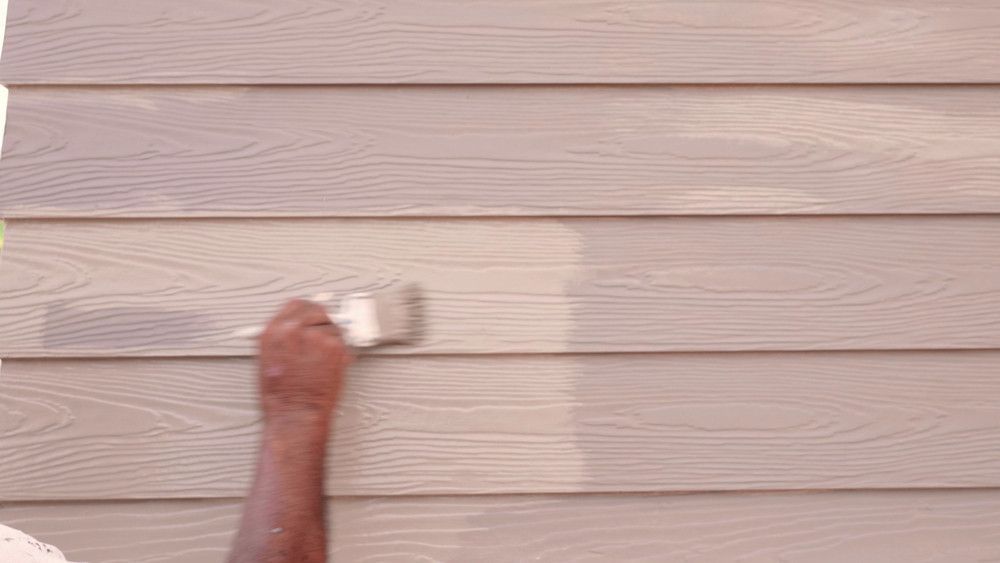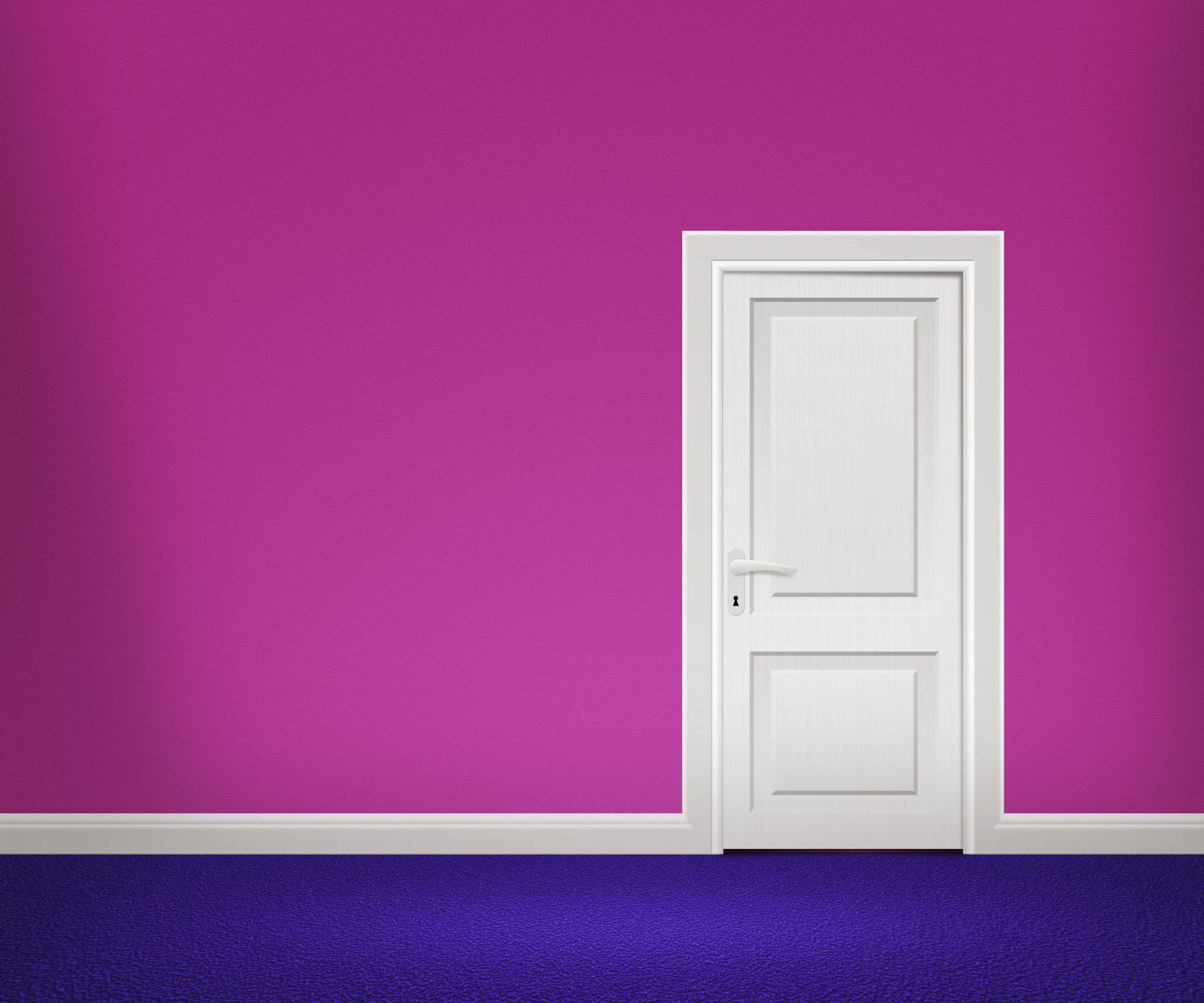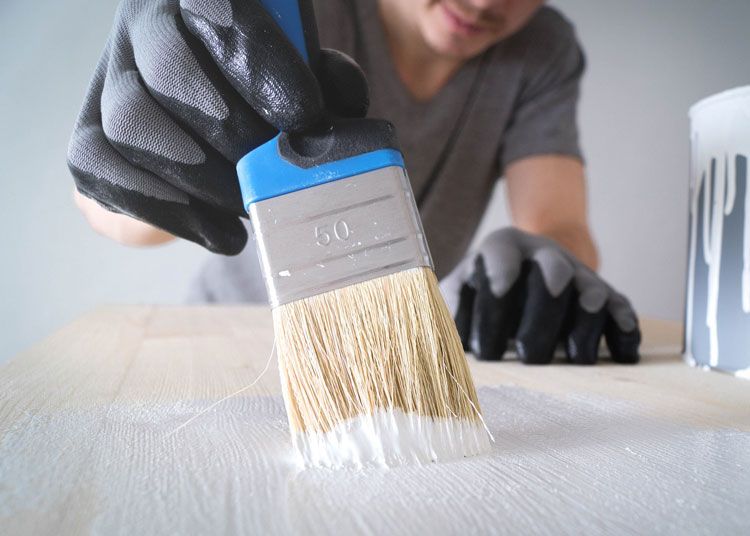5 Reasons Professional Painters Produce Better Results Than DIY
Residential interior painters have the training, experience, and tools to produce professional results every time.
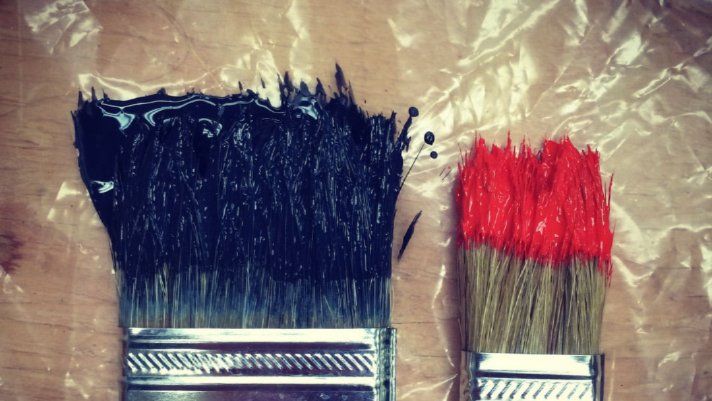
Residential interior painting seems easy until you finish the job and it does not look like what you expected. There are reasons why you can use exactly the same paint, paintbrushes, and tape for your DIY project, but get completely different results from a professional residential painting company. Here are five ways professional painters differ from DIY painters:
Buy Good Drop Cloths
Drop cloths are essential for protecting floors and furniture. Plastic sheets may be inexpensive but make poor drop cloths. The paint runs off them and can produce drip spots on the floor and furniture. Worse yet, plastic drop cloths can become slippery and can tear under ladders and step stools.
Canvas drop cloths and paper-backed plastic drop cloths absorb drops while protecting the floors and furniture underneath. Moreover, they are non-slip, which makes them both safer and less likely to cause accidental spills.
Repair Walls First
Residential interior painting does not cover up the damage. Before painting, walls, molding, and trim need to be repaired. Dents can be patched, but cracked or broken drywall will need more extensive drywall services. Repairing residential drywall requires skill and training to do correctly, leaving no sign of the repair.
Similarly, wood trim and molding need to be patched or repaired. One mistake DIY painters make is to rush the repair process. Patches and repairs need time to cure properly or the repair compound may take paint differently than the wood. Moreover, wet repair compound can introduce moisture behind the coats of paint, potentially allowing the paint to bubble or blister.
Professional painters will usually sand entire walls, rather than just focusing on areas of repair. A new coat of paint needs a surface to stick to, and paint sticks better to sanded and cleaned surfaces than slick paint. Moreover, for walls at risk for mold, professional painters can clean walls with chemicals that kill mold spores so they do not grow and multiply behind the coats of paint.
Carefully Place — and Remove — Tape
Professional painters usually use painters tape rather than masking tape. Masking tape is too sticky and can damage the underlying surface.
Residential interior painting companies often budget a day to prepare the room for painting, from moving furniture and draping floors with drop cloths to repairing, sanding, and taping walls. This time allows painters to work accurately and carefully rather than rushing. While this may seem like overkill, the additional time produces superior results.
While painting, some professionals hold the tape down with a putty knife. This ensures a sharp edge and prevents paint from seeping behind the tape. Seeping can result in jagged borders.
In addition to the time and care devoted to placing tape, professionals also devote time and care to removing the tape. DIYers often just rip the tape off the walls. This can peel paint and even damage the new paint job by pulling at the edge of the new paint layers. Professionals will often use a utility knife, putty knife, or another edged tool to score the edge of the paint, cutting the paint layer overlapping the tape. This prevents the tape from pulling up the new paint layer.
Use High Quality Primer
Primers are not all created equal. High-quality primer sticks to the underlying surface and the paint that is being applied. Choosing the wrong primer can result in flaking and chipping. Moreover, the primer provides a uniform surface that enhances the appearance of the topcoat. Knowing how to select the right primer for a paint job allows residential interior painting companies to produce better looking, and more durable, results.
Know About Additives
Residential interior painting companies understand additives and use them to produce the desired results. Additives to slow the drying of the paint. This allows the painters more time to work with the paint before it begins to thicken. Although a can of paint can last up to five years when stored properly, professional painters use fresh paint and prefer paint that spreads evenly and consistently throughout the job. Moreover, professional painters keep up on new technology such as additives to resist mildew, spread evenly, and reduce brush marks.
DIY painters are often dissatisfied with their work when it is completed. Professional painters, however, have the training, experience, and tools to produce professional results every time.
Share:
Search:
Recent Posts


